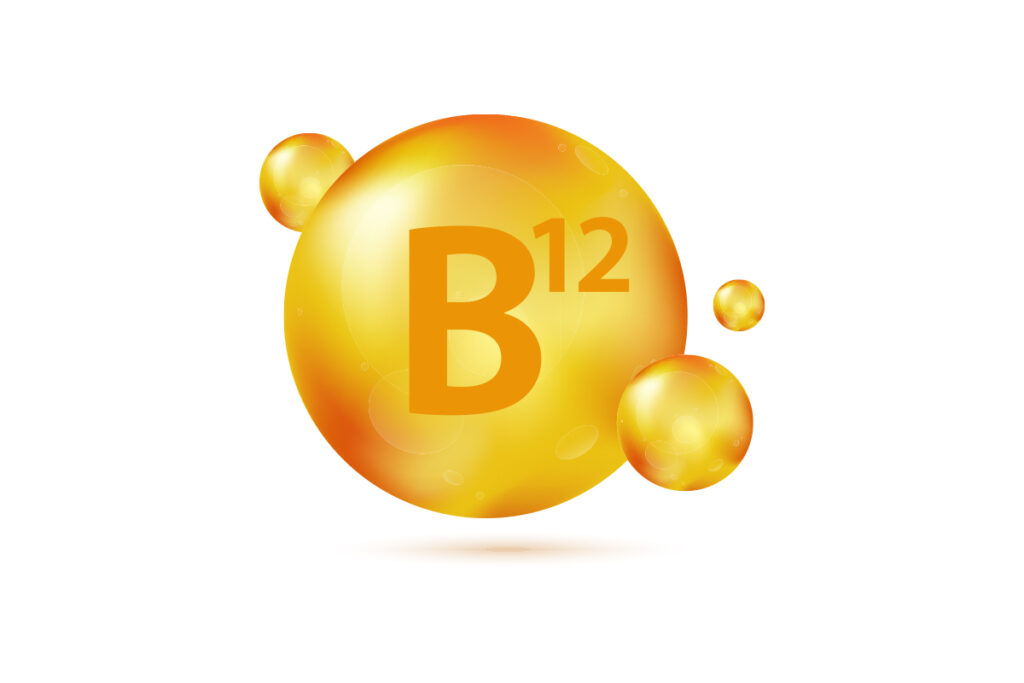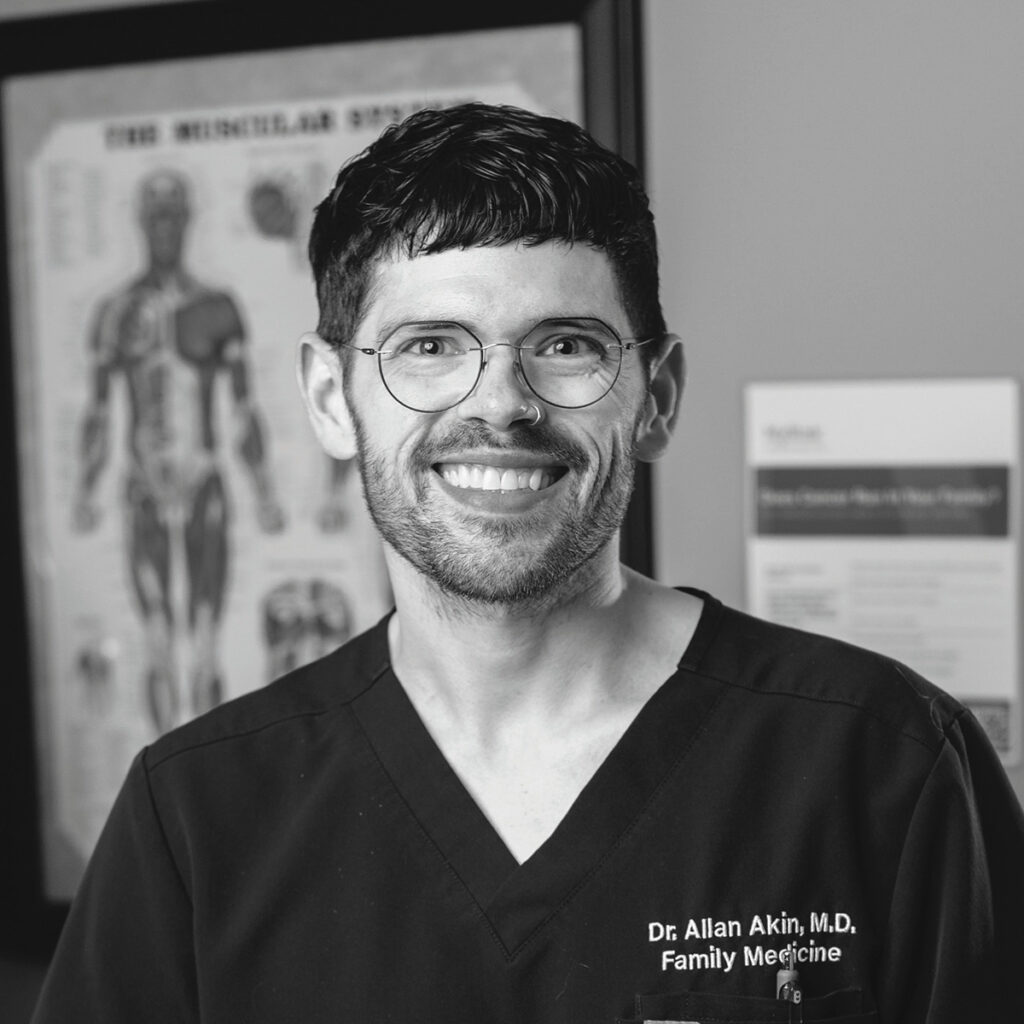Annual Aging Well Section
Healthy veins and arteries are an important aspect of maintaining good health in old age.
Common Vascular Conditions
Old age is a risk factor for vascular issues, making it important to understand the most common conditions.
Atherosclerosis involves the gradual buildup of plaque in the arteries, which can restrict blood flow. When narrowed arteries affect blood flow to the limbs, it causes peripheral artery disease (PAD).
Hypertension, or high blood pressure, refers to a blood pressure reading of 130/80 mm Hg or higher. Approximately 70% of adults 65 years and older have high blood pressure.
Varicose veins are twisted, enlarged veins that are visible through the skin. These are a common cosmetic concern and can in some cases cause pain and require medical attention.
Symptoms

Vascular conditions can cause shortness of breath with light activity, cognitive changes, and persistent leg discomfort, including pain, cramping, or swelling. Recognizing these warning signs early on can prevent serious side effects such as heart attack and stroke. If you are experiencing any of these symptoms, consult with a healthcare provider. A thorough evaluation can determine the underlying cause.
Prevention and Outlook
Certain lifestyle changes can promote cardiovascular health and reduce the risk of vascular issues:
- Adopt a heart-healthy diet rich in fruits, vegetables, lean proteins, and whole grains.
- Exercise regularly. Physical activities such as walking, swimming, or gentle yoga are great options for older adults.
- Manage blood pressure. Regular blood pressure checks, reduced salt intake, and medication as prescribed can all help maintain a healthy blood pressure.
- Stop smoking. Smoking is detrimental to the vascular system and can exacerbate PAD.
- Schedule routine medical checkups, including vascular screenings. Early detection is crucial to preventing complications.
By understanding common vascular conditions and symptoms and implementing these proactive prevention strategies, aging adults can take charge of their vascular health.





